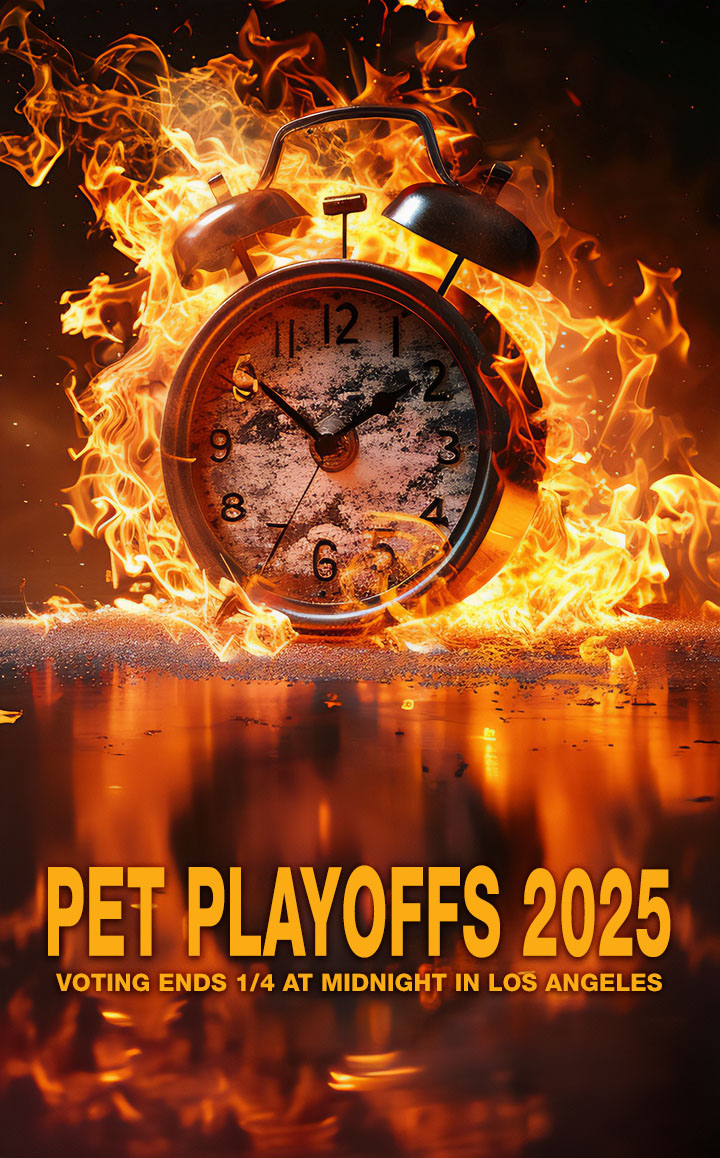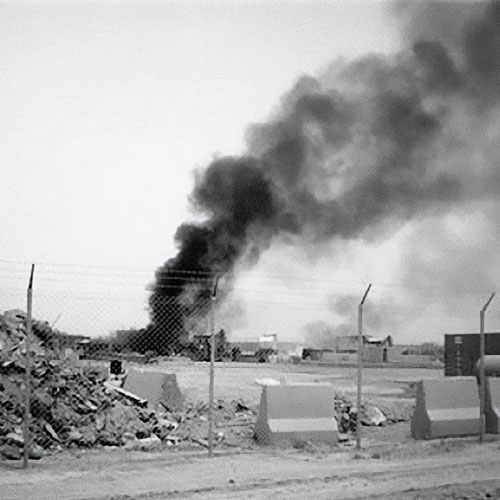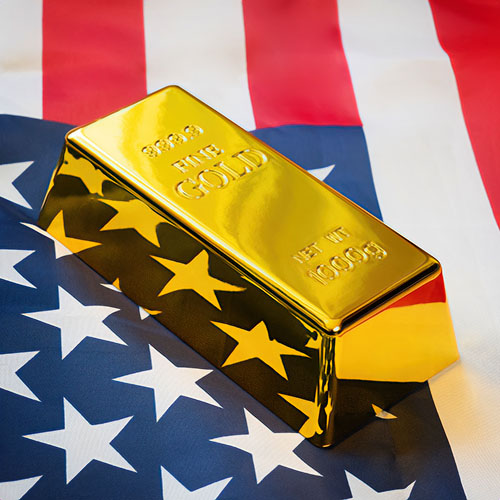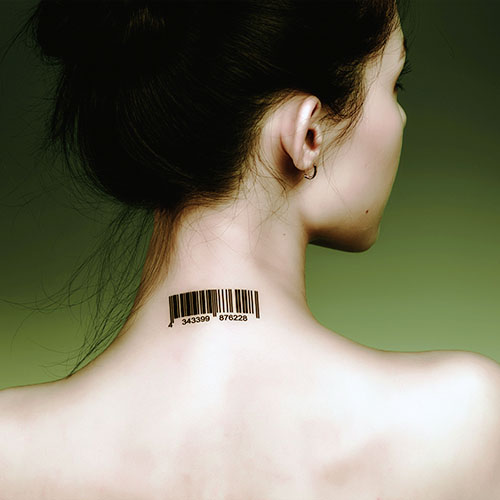In Canada, big rig truckers nearly drove the country to its knees, highlighting how much the world relies on these movers and shakers to keep life rolling.
Road Warriors: Keep on Trucking
Canada’s Freedom Convoy made a bold stand for personal liberties when truckers protesting the country’s COVID-19 vaccination rules — and other pandemic-related measures — briefly blocked a half-dozen border crossings between the U.S. and the Great White North.
Simmering tensions boiled over amid the early 2022 introduction of a mandate requiring all truckers who enter Canada from the U.S. be jabbed — or endure a two-week quarantine.
Industry officials said about 90 percent of Canadian commercial drivers were already inoculated. But a very vocal minority bashed the vax rule for infringing on their freedom — and used their big rigs to make an even bigger point.
In late January, thousands of truckers drove from Canada’s west coast to Ottawa, the national capital. And as news spread, citizens fed up with pandemic restrictions — including some who claimed unjust vax mandates had cost them their jobs — also joined the cause.
At one point, an encampment of nearly 4,000 heavy-duty trucks and pickups overwhelmed the city and blocked border crossings between its province of Ontario and the U.S. One trucker named Ivan, who declined to give his last name, said he’d emigrated from Ukraine with his wife years ago and argued, “We came to Canada to be free — not slaves. We lived under Communism, and in Canada, we’re now fighting for our freedom.”
The movement sparked a political firestorm, but it also rattled large swaths of the economy. By mid-February, Chrystia Freeland — Canada’s minister of finance — estimated blockades had cost the country roughly $500 million daily in lost trade.
The protest was a disruptive but relatively nonviolent endeavor that reverberated around the globe and struck a chord with pandemic-weary populations.
In Israel, dozens of cars ferried protestors outside Jerusalem. They carried banners demanding “liberty,” “no more restrictions” and “cancel the mask mandate.”
Meanwhile, in France horn-blaring drivers closed in on Paris as part of a “Convoie de Liberte.”
“We’ve been going around in circles for three years,” griped Frenchman Jean-Marie Azais. “We saw the Canadians and said to ourselves, ‘It’s awesome, what they’re doing.’ In eight days, boom, something was sparked.”
In the U.S., near the Peace Bridge, which connects the Ontario city of Fort Erie with Buffalo, N.Y., protestors flew American flags and wielded banners reading “my body, my choice” and “do not comply.”
But after three weeks of unrest in Ottawa, heavily armed riot cops — utilizing stun grenades and pepper spray in their efforts to clear the streets — arrested nearly 200 protestors. The remaining stragglers from the 8,000 strong demonstrators who’d amassed in the city were forced to disperse, and parked trucks were towed away.
Law enforcement also reopened the Ambassador Bridge, which connects the province to Detroit, Mich. That busy border crossing had been occupied for six days. Given one estimate determined it carries about $360 million in cargo daily — including $100 million in components to keep Motor City’s automotive industry in gear — that was one expensive blockade.
Still, tensions remained high from coast to coast, and the Royal Canadian Mounted Police — the country’s federal lawmen — claimed they’d seized a “heavy stash” of weapons, including guns, ammunition, and a machete, from a fringe group of protestors connected to an Alberta-Montana blockade.
Other sources charged an international network of anti-democracy activists and far-right rabble-rousers — both homegrown and from other countries, including the U.S. — were secretly bolstering the Freedom Convoy movement.
Meanwhile, Canadian authorities had also sought to choke off funding for occupiers and protestors by invoking the Emergencies Act and freezing financial accounts of dozens of individuals connected to the blockade effort.
However, that led critics to double down on their belief that Canada was putting the screws to anyone who holds views running counter to the government’s party line.
But Canada’s Prime Minister Justin Trudeau stressed the Emergencies Act wouldn’t be used to call in the military or to curb civil liberties and promised the government will “always defend the rights of Canadians to peaceful assembly and … freedom of expression.”
As protests died down up north, like-minded American truckers launched multiple convoys, and thousands of big rigs, RVs and civilian vehicles drove across the country from points west to the Washington, D.C. area. The drivers were cheered on by supporters — both in person and on social media. The contingent demanded President Joe Biden end the national state of emergency put into place due to COVID, and some of the protestors spoke out against what they’ve called the government’s overreach in relation to the pandemic.
As arguments for and against vax mandates — and the past two years of restrictions — rage on, the Freedom Convoy and their counterparts have highlighted one important truth: Truckers are the lifeblood of the economy — both in the U.S. and abroad.
According to the White House, more than 70 percent of goods in America are shipped by truck, and in most communities, trucks are the sole form of delivery.
Businesses of all sizes depend on the trucking industry, which carries more cargo than trains, ships or planes, and collects annual revenues of $650 billion. So it’s no exaggeration to say that hard-working truckers literally keep the world moving, and we all owe them a debt of gratitude.
Think about it this way: Look around whatever room in which you happen to be sitting, and then understand that every single thing you can see spent some of its life before it got to you on a truck. Moreover trucker protests continue in various ways all the time. If the Pandemic taught us anything it should be that it can be all too easy to discount some of the workers around us that truly make our lives possible. Of course if the Pandemic taught us a second thing it should be that going to the office sucks.




















